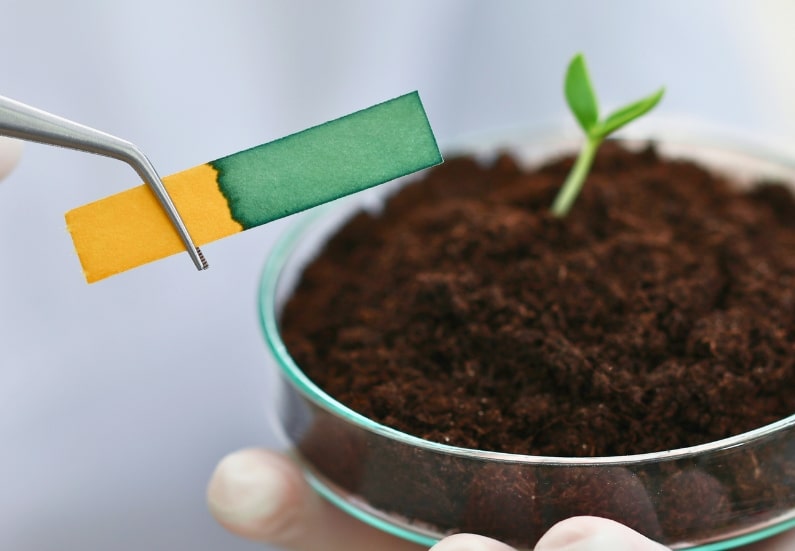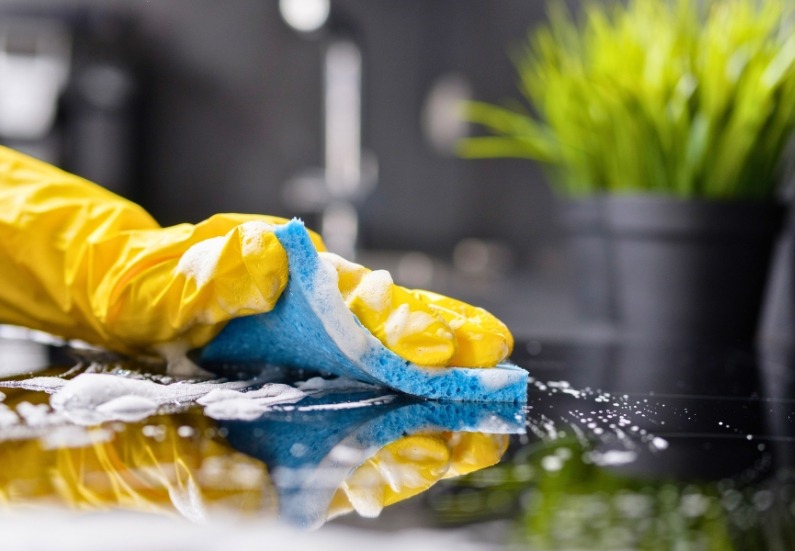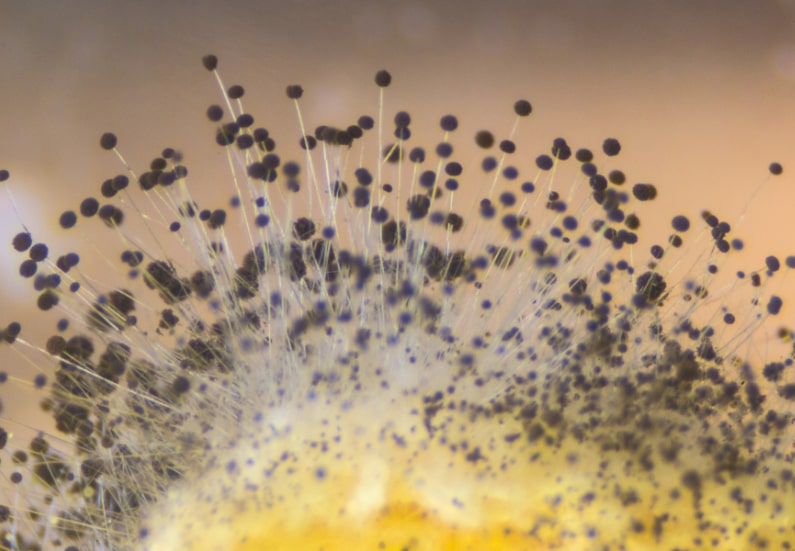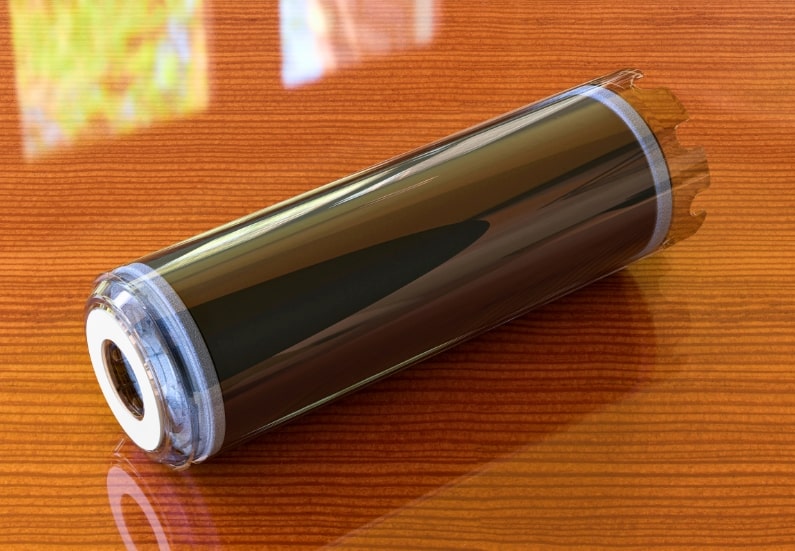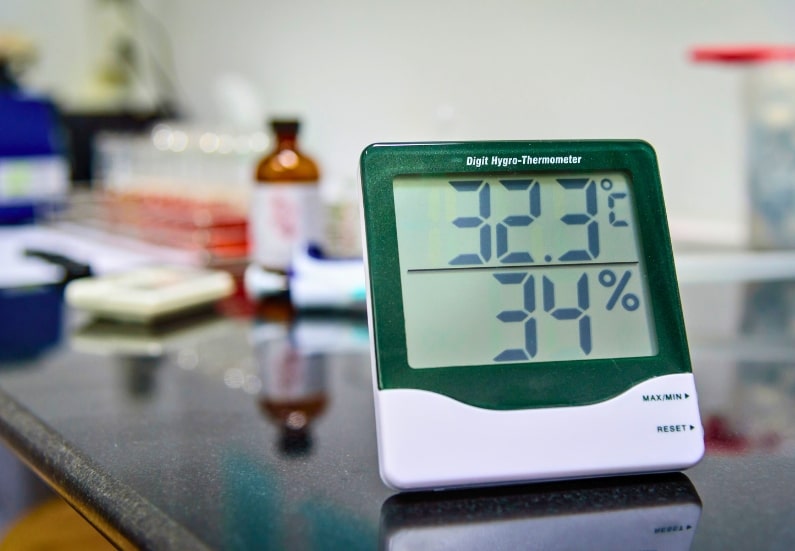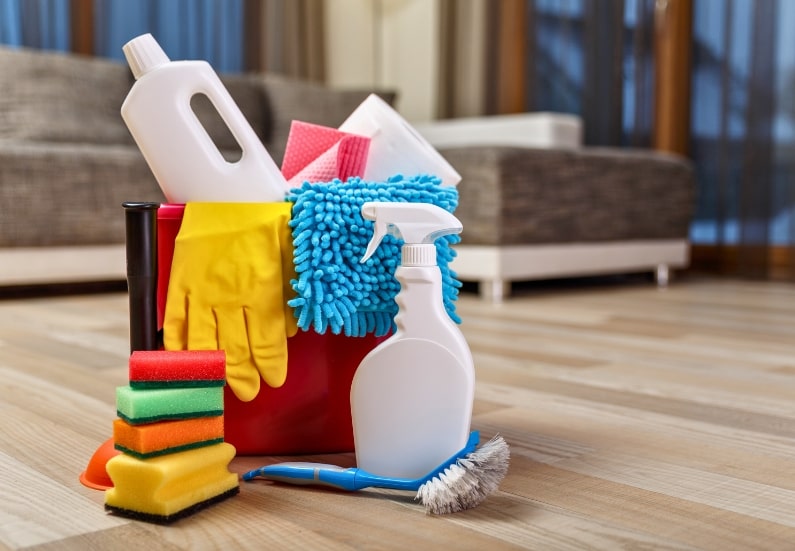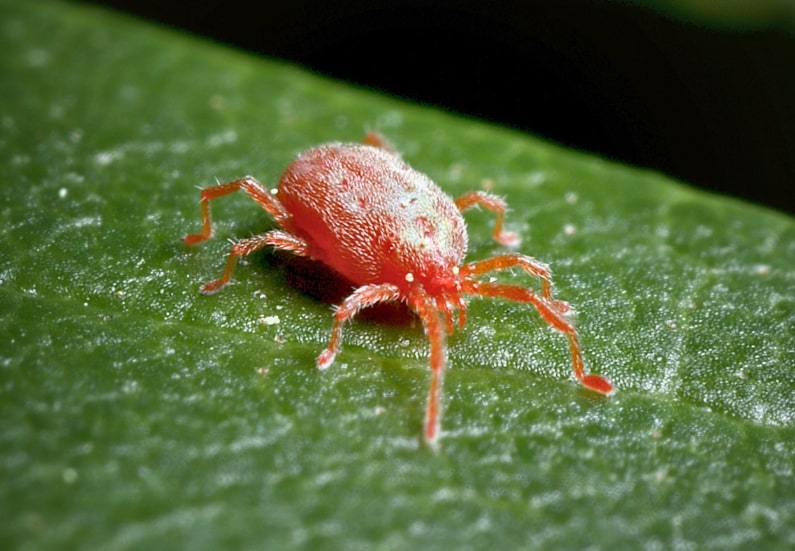Maintaining Proper PH Levels In An Indoor Grow Box?
Maintaining the proper pH levels in your grow box is essential for the health and growth of your plants. Regularly testing and adjusting the pH of your water and nutrient solution ensures that your plants can effectively absorb the nutrients they need.
Whether using pH testing kits or digital meters, closely monitoring the pH levels and making necessary adjustments will help your plants thrive and produce a successful harvest.
Consider incorporating pH buffers and natural additives to help stabilize and maintain the ideal pH range for optimal plant growth.
Importance of pH Levels in a Grow Box
Maintaining proper pH levels in your grow box is crucial for the health and growth of your plants. pH stands for the potential of hydrogen, a measure of how acidic or alkaline a substance is on a scale of 0 to 14. Most plants prefer a slightly acidic pH level, around 6 to 7, to absorb essential nutrients effectively. When the pH levels are too high or too low, plants may be unable to take up nutrients properly, leading to stunted growth, nutrient deficiencies, and even plant death.
The Impact of pH on Nutrient Uptake
Plants rely on a balanced pH level in the growing medium to absorb nutrients effectively. Certain nutrients become unavailable to the plants when the pH level is too high or too low, even if they are present in the soil or nutrient solution. For example, when the pH is too high, essential nutrients like iron, manganese, and phosphorus may become bound up in the soil and inaccessible to the plants. On the other hand, when the pH is too low, nutrients like calcium and magnesium can become overly available, causing toxicity and nutrient imbalances.
Effects of Incorrect pH Levels on Plant Health
If the pH levels in your grow box are not within the optimal range, your plants may exhibit signs of nutrient deficiencies or toxicities. Some common symptoms of incorrect pH levels include yellowing or browning of leaves, stunted growth, leaf curling, and overall poor plant health. Maintaining the proper pH levels ensures your plants have access to all the essential nutrients they need to thrive.
Testing and Monitoring pH Levels
To maintain proper pH levels in your grow box, it is essential to regularly test and monitor the pH of your growing medium or nutrient solution. Several methods are available to test pH, including pH meters, pH test strips, and pH testing drops. Choose the best method for you and make testing a regular part of your plant care routine.
Importance of Regular pH Testing
Regular pH testing is crucial to ensure your plants receive the proper nutrients at the right time. By monitoring pH levels consistently, you can catch any fluctuations early on and make adjustments as needed. Without regular pH testing, you may not be aware of any issues until they have already caused visible damage to your plants.
How to Test pH Levels
When testing pH levels in your grow box, carefully follow the instructions provided with your testing kit. For soil-based growing mediums, insert the pH meter, test strip, or drop directly into the soil to get an accurate reading. For hydroponic systems, test the pH of the nutrient solution in the reservoir using the same method. Record your pH readings each time you test to track any changes.
Adjusting pH Levels
If you find that the pH levels in your grow box are too high or too low, don’t worry. There are several ways to adjust pH levels to return them to the optimal range for your plants. From natural pH buffers to commercial products, choosing the correct method will depend on your specific needs and preferences.
Using Natural pH Buffers
One of the simplest ways to adjust pH levels in your grow box is to use natural pH buffers like lime or sulfur. Lime can be added to reduce acidity and raise pH levels, while sulfur can increase acidity and lower pH levels. These natural buffers can help you maintain a stable pH level over time and give your plants the right conditions for optimal growth.
Commercial pH Adjustment Products
If you prefer a more precise and convenient method of adjusting pH levels, many commercial pH adjustment products are available on the market. These products come in liquid or powder form and are designed to quickly and effectively raise or lower pH levels in your growing medium or nutrient solution. Follow the instructions provided with the product carefully to avoid over-adjusting the pH levels.
Maintaining Stable pH Levels
Once you have adjusted the pH levels in your grow box, the key is to maintain a stable pH over time to ensure the health and growth of your plants. You can use several strategies to keep pH levels consistent and prevent fluctuations that can harm your plants.
Watering with pH-Adjusted Water
One of the simplest ways to maintain stable pH levels in your grow box is to water your plants with pH-adjusted water. Before watering, use a pH meter or test strips to adjust the pH of your water to the optimal range for your plants. By consistently watering with pH-adjusted water, you can prevent sudden pH fluctuations in your growing medium and provide your plants with a steady supply of nutrients.
Monitoring Nutrient Uptake
Another important aspect of maintaining stable pH levels is monitoring your plants’ nutrient uptake regularly. Look for any signs of nutrient deficiencies or toxicities, as these can indicate pH imbalances in your grow box. By staying vigilant and addressing any issues promptly, you can ensure that your plants have everything they need to thrive.
Conclusion
Maintaining proper pH levels in your grow box is essential for the health and growth of your plants. By understanding the importance of pH levels, testing and monitoring pH regularly, adjusting pH levels as needed, and maintaining stable pH over time, you can give your plants optimal conditions for success. Remember to stay attentive to your plants’ needs and make adjustments to ensure they reach their full potential. With these tips and tricks, you’ll be on your way to maintaining healthy and thriving plants in your grow box. Happy growing!

